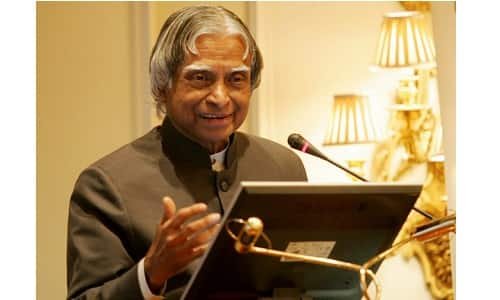Concave and Convex mirrors are spherical mirrors that form real and virtual images respectively. Concave mirrors are known for convergence whereas convex mirrors are known for divergence. Mirrors are flat-shaped smooth surface that reflects all incident lights. Some of the major uses of concave mirrors are automobile headlights and shaving mirrors whereas major uses of convex mirrors are magnifying glasses, telescopes and many more.
Concave Mirror
In a concave mirror, the hollow sphere is cut into two equal sections in which outer sections are painted. This mirror is slightly bent inwards and the inner surface reflects the surface.
Characteristics of the Concave Mirror
Some of the important characteristics of the concave mirror are:
- Concave mirrors converge light to one prime focus point.
- In a concave mirror, if the object is placed far, then the size of the image reduces forming a real image.
- When the object is closed to the mirror, it forms a magnified image.
Image Formation in Concave Mirror
The formation of an image in the concave mirror is as follows:
- When an object is placed beyond the centre of the curvature, the image is formed between focus and centre of curvature.
- When the object is placed the principal focus, the image is formed at infinity.
- When an object is placed at infinity, the image is formed at focus.
- When the object is placed between the principal focus and the centre of the curvature, the image is formed beyond the centre of curvature.
- When an object is placed precisely at the curvature, the image is formed at the centre of curvature.
- When the object is placed in between the pole and the principal focus, the image is formed behind the mirror.
Uses of Concave Mirror
The uses of a concave mirror are:
- A concave mirror is used to produce heat in solar furnaces.
- Concave mirrors are also used as torches, vehicle headlights, and flashlights.
- The large concave mirrors are used to concentrate sunlight.
- Shaving mirrors are made up of concave mirrors.
- Concave mirrors are used by dentists to see the larger image of the teeth.
- Concave mirrors are used by scientists and researchers in reflecting telescopes.

Convex Mirror
The convex mirrors are curved slightly outwards. In this mirror, the cut part of the hollow spheres is painted and the outer surface is the reflecting surface.
Characteristics of the Convex Mirror
The characteristics of a convex mirror are specified below:
- The convex mirror does not converge light to one prime focus point.
- The convex mirror always forms virtual, diminished, and erect images.
- Convex mirrors are also termed diverging mirrors as they reflect light outwards.
Image Formation in Convex Mirror
The image formation of the convex mirror is as follows:
- When an object is placed at infinity, an image is formed at the focus behind the mirror.
- When the object is placed between the pole and infinity, the image is formed between the pole and focused behind the mirror.
Uses of Convex Mirror
The uses of the concave mirror are:
- Convex mirrors are used as rear-view and side mirrors in vehicles because it forms virtual, erect and diminished images.
- A convex mirror is used for security purposes because the image is expanded.
- The convex mirror is used as a magnifying glass because it enlarges the object.
- A convex mirror is also used in stores, offices, and hospitals it allows to see a large section in a single area.
Difference Between Concave and Convex Mirror

The differences between concave and convex mirror are:
| Convex Mirror | Concave Mirror |
| The reflecting surface of a concave mirror is far from the centre of the sphere. | The reflecting surface of a concave mirror is towards the centre of the sphere. |
| The focus of the convex mirror is behind the mirror. | Whereas, the focus of the concave mirror is in front of the mirror. |
| A convex mirror is also known as a diverging mirror. | A concave mirror is also known as a converging mirror. |
| The convex mirror forms a real, diminished and inverted mirror. | A concave mirror forms an image depending upon the position of the concave mirror. |
| Convex mirrors cover a wide area of view. | A concave mirror covers a magnifying image of any object. |
Concave Mirrors form an enlarged image of the object when the object is kept close to the mirror. It forms an inverted image when the object is kept at some distance. A convex mirror, on the other hand, forms a small and erected image of an object.

Rahul Kumar is a passionate educator, writer, and subject matter expert in the field of education and professional development. As an author on CoursesXpert, Rahul Kumar’s articles cover a wide range of topics, from various courses, educational and career guidance.



